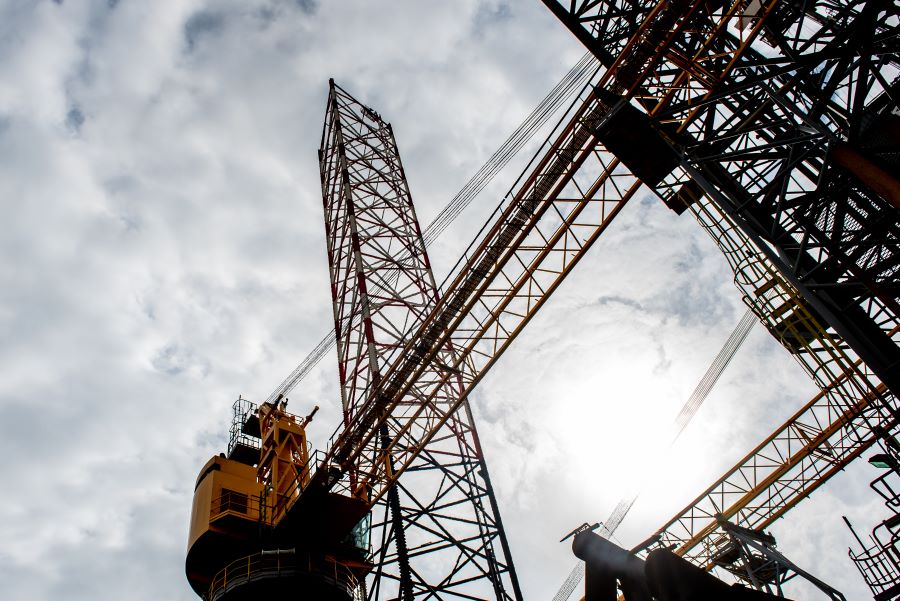
Brownfield assets: Platform well solutions for legacy assets
By Stewart Maxwell, Technical Director, Aquaterra Energy
The world is awash with assets reaching their stated end of life – from the North Sea to the Gulf of Mexico, the Middle East and South East Asia. And we probably haven’t reached the peak – the steadily climbing oil price of the early 2000s will have prompted a wave of projects which will turn 25 years old over the next ten years.
Some of these will need to be retired and decommissioned, yet for many others, platform well solutions with intelligent engineering, could see more life in them yet.
Sustained demand
According to the IEA’s 2021 World Energy Outlook, under the stated policies scenario, global oil demand is set to grow from 28 billion barrels to 32 billion barrels through to 2050.
With oil demand set to remain, or even increase, platform well solutions that offer the chance to breathe new life into existing assets will be a key strand, alongside greenfield developments.
The price is right
Current prices are high. Caused by some exceptional geopolitical events, we must hope these tragedies pass swiftly, and when they do, oil and gas prices may again subside. Before the pandemic, our industry talked in terms of ‘lower for longer’ with industry wide agreement that the energy transition would suppress prices. Spending approaches saw different platform well solutions proposed, including asset life extensions and the use of FPSOs.
The current price volatility, presents a clear signal to focus efforts on brownfield developments with lower costs and a shorter market commitment.
The energy transition
Even putting price aside, there are compelling environmental reasons to look to brownfield developments to sate the world’s oil and gas demand.
These improvements include:
- Compared to greenfield structures, less steel and concrete are needed, while some is still necessary, even in big brownfield developments the requirements will be less
- A smaller impact, marine or helicopter trips offshore are likely to be reduced compared to greenfield projects, reducing transport related emissions
Platform well solutions can take a step further in energy transition strategies. For example, on typically unmanned platforms with low-electricity loads, it is now possible to convert them to run on renewable energy. This has an immediate benefit for operational emissions vs alternatives such as diesel, as well as reducing emissions and risk associated with refuelling trips.
In future, brownfield projects may even be at the forefront of the energy transition. Much has been made of the potential for CCS projects, using depleted reserves to store sequestered carbon dioxide, upgrading existing infrastructure already in situ to do so. We have even begun work on a concept combining oil and gas infrastructure with co-located wind resources to produce green hydrogen.
Aging assets meet intelligent engineering
Despite the value of brownfield developments, they’re not always an easy task.
First, there is often a documentation gap. As assets change hands, information can be lost. Or upgrades and retrofit engineering aren’t properly captured in the documentation.
Then, even if all documentation is present and correct, there is the matter of the accumulated wear and tear that comes with decades of operation in an offshore environment. Sometimes platform well solutions are only identifiable with a trip to site.
Once documentation is compiled and asset health is established, then the real, intelligent engineering work starts. Bearing in mind that any deviation from an asset’s original intended purpose can introduce risk, its vital that this is done with precision. For example, say an operator wants to drill a new well and tieback to an existing platform – does it have capacity for the riser? Or, space top-side for additional processing equipment? Any miscalculations here can have expensive consequences.
Engineers of past techniques, tended to be more cautious on specifics, for example steel thicknesses. This translates into wriggle room for engineers today. However, there’s no escaping the fact that brownfield development requires real, rigorous, investigative, problem-solving engineering work.
After all, the only real certainty in our industry is change. So, the ability to adapt and upgrade our offshore infrastructure to meet our needs as they evolve is arguably one of the most important tools for the sector – and that is underpinned by intelligent offshore engineering.